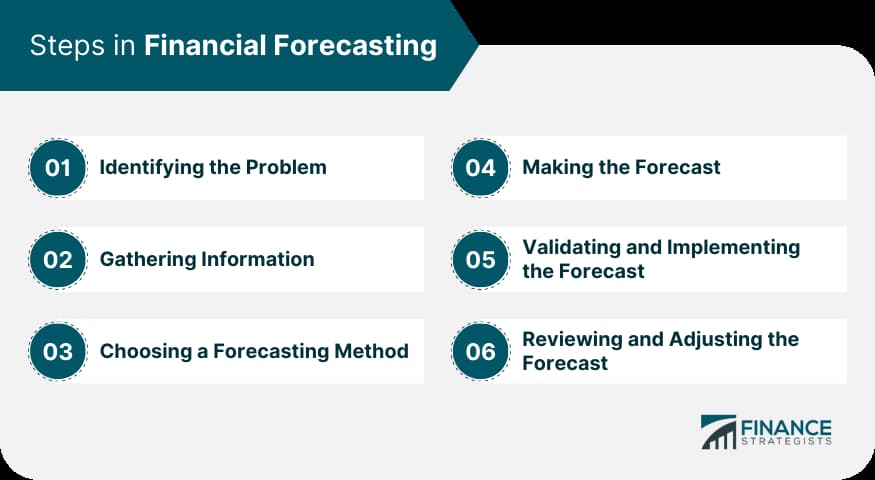Your cart is currently empty!
ChatGPT Prompt for Strategic Forecasting
Strategic forecasting is the process of predicting long-term trends, events, and developments to inform high-level decision-making and shape organizational strategy. Unlike short-term forecasting, which focuses on immediate operational needs, strategic forecasting looks years or even decades ahead to anticipate future opportunities, risks, and shifts in the environment.
Purpose of Strategic Forecasting
- Guide long-term decisions: Helps leaders align investments, policies, and resources with anticipated changes.
- Reduce uncertainty: While the future can’t be predicted with perfect accuracy, structured foresight minimizes surprises.
- Identify opportunities: Spot emerging markets, technological breakthroughs, or social shifts early.
- Mitigate risks: Recognize threats—economic downturns, political instability, environmental changes—before they materialize.
Core Components
- Environmental Scanning
Systematically monitoring the external environment for signals of change—economic indicators, demographic shifts, technological trends, and geopolitical movements. - Trend Analysis
Studying patterns over time to project potential future developments, often supported by statistical models and data visualization. - Scenario Planning
Building multiple plausible future scenarios (optimistic, pessimistic, baseline) to test strategic resilience under different conditions. - Expert Judgment
Incorporating insights from industry leaders, analysts, and subject matter experts to complement quantitative data. - Backcasting
Starting from a desired future outcome and working backward to identify the necessary steps to reach it.

Tools and Methods
- Quantitative Models: Time-series analysis, regression models, system dynamics simulations.
- Qualitative Methods: Delphi method, expert panels, cross-impact analysis.
- Hybrid Approaches: Combining data analytics with human judgment for nuanced insights.
A well-crafted prompt for forecasting can be a powerful tool because it focuses attention, structures thinking, and draws out richer insights—whether the forecasting is done by people, algorithms, or AI models.
First, it clarifies the purpose and scope of the task, eliminating unnecessary details. Secondly, it directs attention to key factors — drivers, constraints, and assumptions. Thirdly, it stimulates scenario thinking, allowing you to prepare for different futures. Fourth, it reduces cognitive biases by requiring an assessment of probabilities and ranges. And, finally, it helps to structure and present the forecast in a convenient form for decision-making.
ChatGPT Prompt for Strategic Forecasting
Based on the historical data from [dataset name], forecast the next quarter’s [key performance indicator] and suggest strategic adjustments to optimize our performance. Include potential risks and mitigation strategies.
You can also use the search function to find the best prompts for ChatGPT.